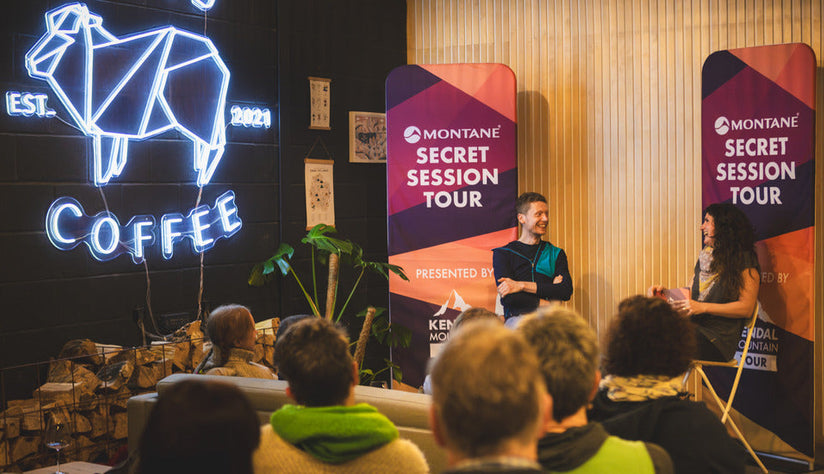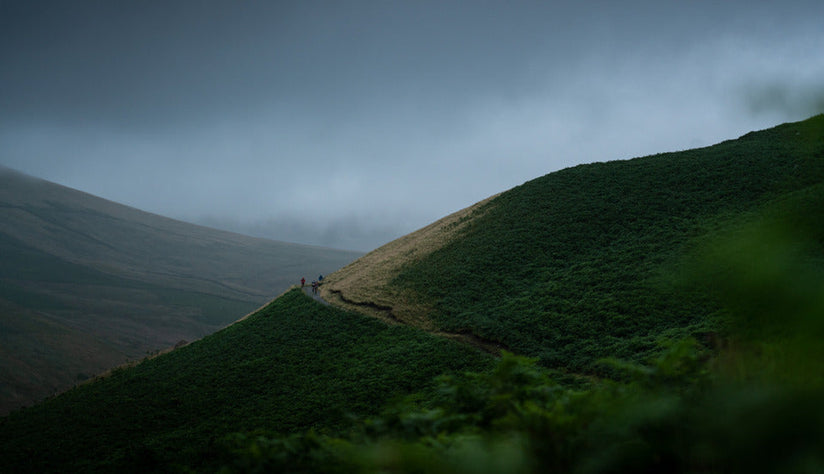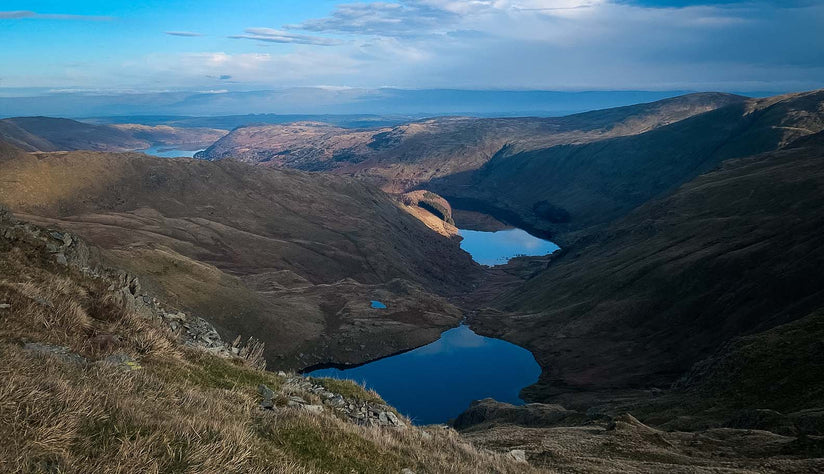Expedition overview
My challenge was set to run, solo and unsupported, across a mountain range on every continent. It wasn’t a ‘thing’ that already existed, but the concept excited me. I would travel the length of a mountain range, moving fast and light, depending only on the local mountain communities to resupply and survive. Traveling alone, and traveling light, makes you incredibly vulnerable, and in this way I spent a lot of time meeting local mountain communities. These interactions became as valuable to me throughout the challenge as the time in the great mountain wilderness did.
Local mountain communities
I started with a theory that the most inhospitable environments are home to the most hospitable people, and this project really proved that to me. From the nomads in Kyrgyzstan who invited me into their yurts for warmth and food, to the Tamazight of the Atlas who always made sure I had enough water to cross the desert mountains. Then there were the Aymaras of Bolivia who were interested to meet me and swap stories in Spanish; I was always embraced by the communities I ran through. I set out to run in mountains and embrace the wilderness, but it was the human stories in between that I think will stay with me the longest.

Preparation
When I began this challenge, I was entering into a feat that had never been done before. There was so little information available - the word ‘fastpacking’ was incredibly niche back then. I did as much research as possible and trained and experimented in Scotland, going through various kit setups trying to find out how to physically cover such a distance in a mountain environment by running.
Over the course of five years and six expeditions, I dialled in my systems and things got a lot easier. In all honesty, by the final range in the Transylvanian Alps, being out with my fastpacking set up felt more natural to me than anything else going on in the world of late!

Kit
Every mountain range had to vary slightly due to differences in climate and distances between resupply, but the ethos was always the same - everything I needed to survive, and nothing more. I preferred to bivy out under the stars and avoid hefty camping equipment, and only had to carry a stove on four of the journeys.
The first and most important piece of Montane kit is the weatherproof jacket - the Fleet jacket is my personal favourite. Staying dry is essential to survival, and being able to keep moving when the weather rolls in is paramount to success. After that, base layers (primino, which I personally believe doesn’t need to be washed in a three week trip!), a warm down jacket, and, most obviously, the Trailblazer pack to hold it all in total comfort! It was a revelation that this pack was developed during my project so I finally had the perfect fastpacking backpack. It’s light, organised, and the halter system is easily honed in to fit exactly.

Running as a common language
I love entering a community on foot. While my life was sometimes incredibly different than those of the locals - particularly women - in the communities I ran through, the simple way that I was moving was always a common language. Everyone runs. Everyone can run. You don’t need wealth or skills to be a runner - it’s accessible to all of us.
It was, however, confusing to a lot of locals that I was running and not walking. My favourite was probably the horse-backed Kyrgyz nomads. They often asked me if everything was okay - if perhaps I had seen a wolf - that I had started running instead of walking. A memorable nomad galloped his horse across a valley towards me and when he finally caught up, he offered to sell me a horse, saying that he’d seen me running and was worried that I must be in a hurry and in need of a horse!
Final thoughts
Each of the six journeys in this challenge taught me a huge life lesson that I needed at the time, but the overall lesson that I keep coming back to is that we’re all so much tougher than we think we are. If I could go back to Bishkek and visit myself at the start of all this, that’s what I would tell the Old Me. To believe in herself and know her toughness.
Now that I know this about myself, looking forward I want to keep raising the bar. My dream would be to include the seventh continent and cross a mountain range in Antarctica…
















